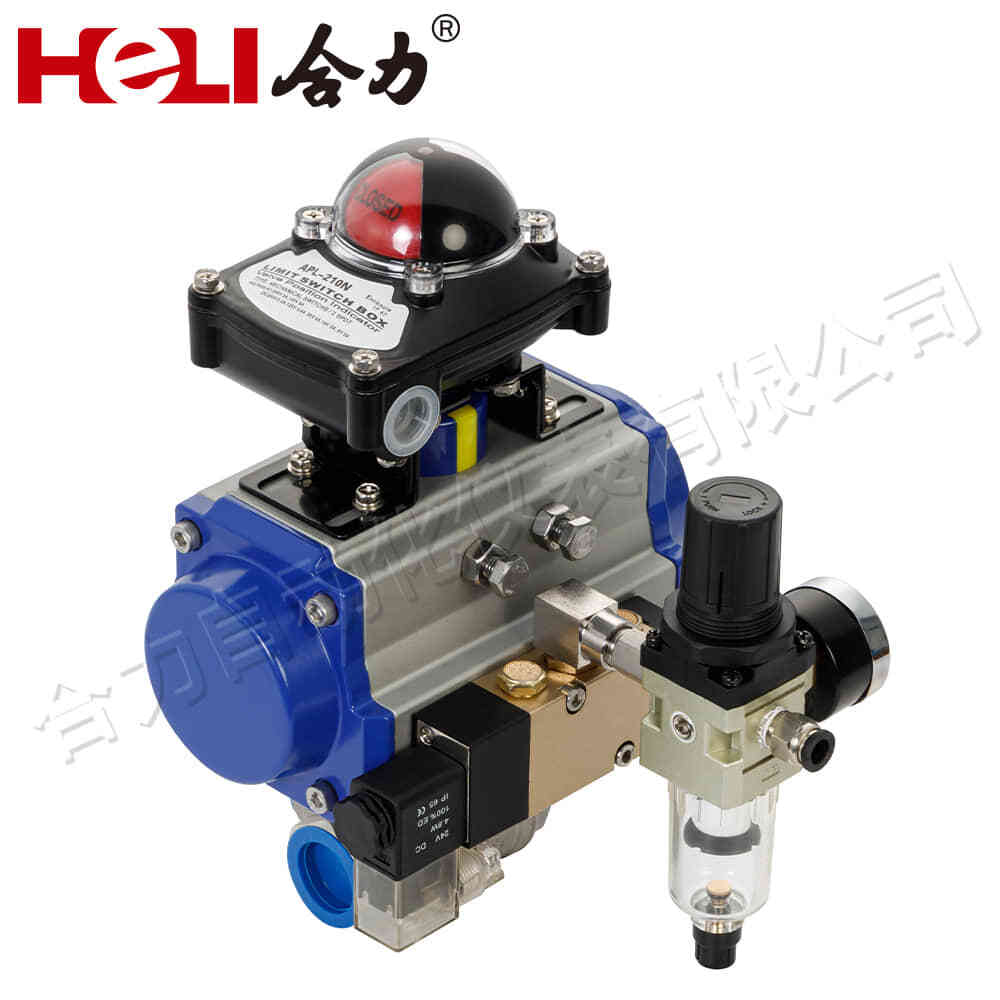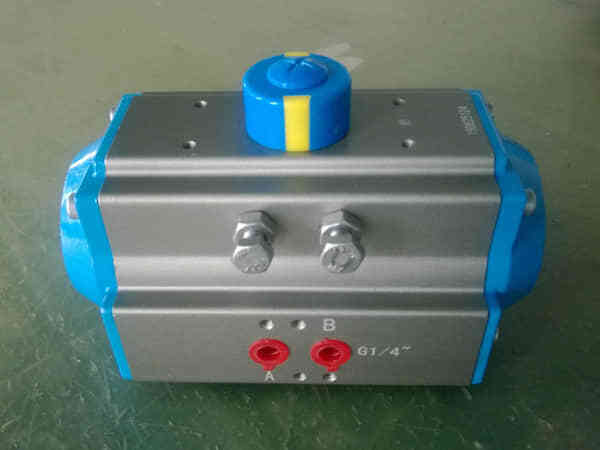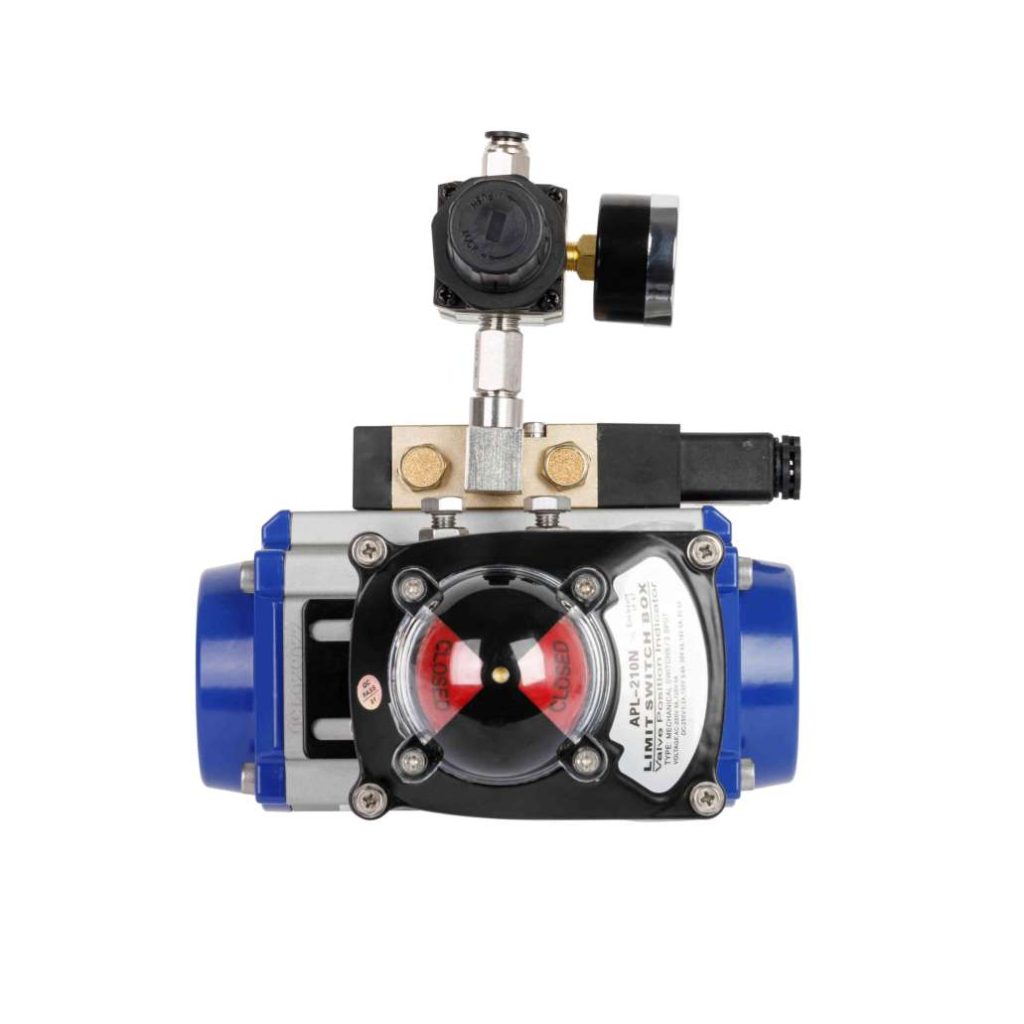Pneumatic actuators are essential devices that convert compressed air energy into mechanical motion. These actuators are widely used in various industries due to their reliability, efficiency, and simplicity. In this article, we will explore the working principles of pneumatic actuators, their advantages, and their applications in different sectors.

How Pneumatic Actuators Work

At their core, pneumatic actuators operate by utilizing the pressure of compressed air to create linear or rotational motion. There are two primary types of pneumatic actuators: linear and rotary. Linear Pneumatic Actuators Linear actuators produce straight-line motion. They typically consist of a cylinder, a piston, and a rod. When compressed air is introduced into the cylinder, it exerts pressure on the piston, causing it to move. The piston’s movement is transferred to the rod, resulting in linear displacement. This type of actuator is often used in applications such as valve control, conveyor systems, and material handling.
